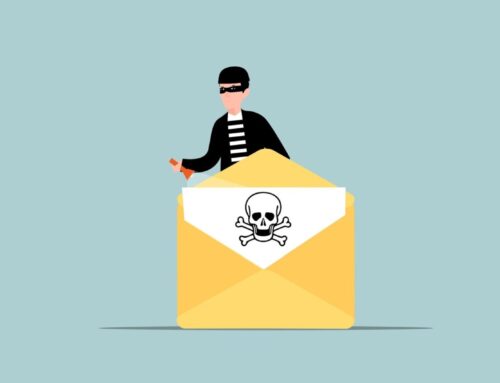Preventing ransomware is important, but it’s exceedingly difficult to stop entirely. Here’s what your business can do to detect ransomware before it encrypts your data.
But first, what is Ransomware?
Ransomware is a form of malicious software designed to encrypt computer or network data, rendering it unreadable until the ransom amount is paid. This type of malware infiltrates systems covertly and employs advanced encryption to lock the files away from the rightful owners. To regain access the victims are coerced into paying the demanded ransom.
How does it work?
Once executed, ransomware conducts a scan of your hard drive, targeting files such as documents, spreadsheets, pictures, and more for encryption. By using an exclusive encryption key known only to the attackers, the malware blocks your access to these files. The threat actors exploit this situation by holding your valuable data hostage, insisting on a ransom payment as the condition for restoring your access.
How do these threat actors access your computer?
Hackers have clever ways to break into systems without anyone noticing. Here are some commonly used approaches they use to gain unauthorized access:
- Phishing: Threat actors deceive individuals into divulging their confidential and sensitive information, usually through an email or phone call. The unwitting victim surrenders their personal data, such as passwords and credit card numbers, which the hackers use to gain access to private computers and networks.
- Public-Facing Vulnerabilities: Threat actors diligently search the internet for systems that possess known vulnerabilities. Once identified, they exploit these weaknesses to gain unauthorized access to the targeted environment.
- Drive-by downloads: This technique involves unsuspecting individuals navigating to malicious webpages, which covertly initiate the downloading of malicious code onto their computers. Remarkably, this compromise occurs merely by visiting the compromised webpage, with the user oblivious to the illicit transfer taking place.
- Purchased access: In today’s digital landscape, even cyberattacks have established a marketplace. The dark web harbors an abundance of hackers for hire and readily available deployable ransomware, presenting a sinister opportunity for those seeking to breach security measures.
What can you do to prevent ransomware attacks?
- Make sure your device software is up to date (phone, computer, tablet, etc.)
- Verify, then trust.
- Ensure you’re connecting to a safe website (look for “https” and a lock icon to the left of the URL)
- Be informed on the latest in cybersecurity
Detect Ransomware before it becomes a problem
While prevention plays a crucial role, it’s important to recognize that certain attacks are challenging to stop entirely. That’s where a layered security stack that includes managed endpoint protection with detection and response comes in to play.
Onward Computer Systems managed support clients receive the protection of a multi layer security stack that not only includes antivirus & anti malware protection, but also includes a cloud-based managed detection and response capability that can detect, analyze and respond to possible threats.
Are you concerned about your company’s current security posture?
Secure your business with Onward Computer Systems, Burlington’s premier IT service provider for small and medium businesses! Contact us for details.





